Benefits of Quantitative Versus Qualitative Surface Sampling for Chemotherapy Residues

1. Introduction
Surface sampling for chemotherapy residues is essential in healthcare settings, particularly for protecting healthcare workers from hazardous exposure. While both qualitative and quantitative sampling methods serve important roles, the benefits of quantitative surface sampling are particularly pronounced in this context.
Environmental monitoring of workplaces or homes of patients involves collecting wipe samples from potentially contaminated surfaces to test for residues of antineoplastic drugs (ADs). Often, this assessment focuses on a single “marker drug,” typically cyclophosphamide (CP), due to its common use in chemotherapy. However, a more comprehensive risk assessment should include multiple ADs to better understand overall exposure. While recognized organizations don’t have published occupational exposure limits (OELs), reducing occupational exposure to as low as reasonably achievable levels is recommended even if some attempts to recommendations exist. For example, the USP indicates that concentrations above 1 ng CP/cm² may lead to dermal exposure among workers (United States Pharmacopeial Convention, 2019).
2. Verification of Results
One of the primary advantages of quantitative testing with proper level of detection is its ability to provide objective measurement of chemotherapy residues. Qualitative methods come with uncertainty regarding the concentration of hazardous drugs. This critical accuracy enhances trust in the sampling process and aids in making informed decisions regarding cleaning and safety protocols.
3. Operational improvement
Quantitative assessments are invaluable for validating the effectiveness of cleaning protocols used to eliminate chemotherapy residues from surfaces. By measuring the levels of residues before and after cleaning, it can help to determine whether their cleaning methods are effective or if adjustments are necessary. With precise data, hospitals can develop refined processes for handling hazardous materials and enhance training programs that raise awareness among staff about contamination risks and safety practices.
4. Conclusion
In summary, the benefits of quantitative surface sampling methods in the detection of chemotherapy residues are multifaceted and essential in healthcare settings. Quantitative testing enhances verification of results and drives operational improvements. As healthcare facilities continue to navigate the challenges of handling hazardous chemicals, the importance of such testing cannot be overstated, particularly in safeguarding the health and well-being of healthcare workers and patients alike.
Bibliography:
https://www.frontiersin.org/journals/public-health/articles/10.3389/fpubh.2023.1235496/full
https://www.sciencedirect.com/science/article/pii/S2773049224000023
https://www.ncbi.nlm.nih.gov/pmc/articles/PMC4414071/
https://academic.oup.com/ajhp/article/78/17/1568/6196020?login=false
